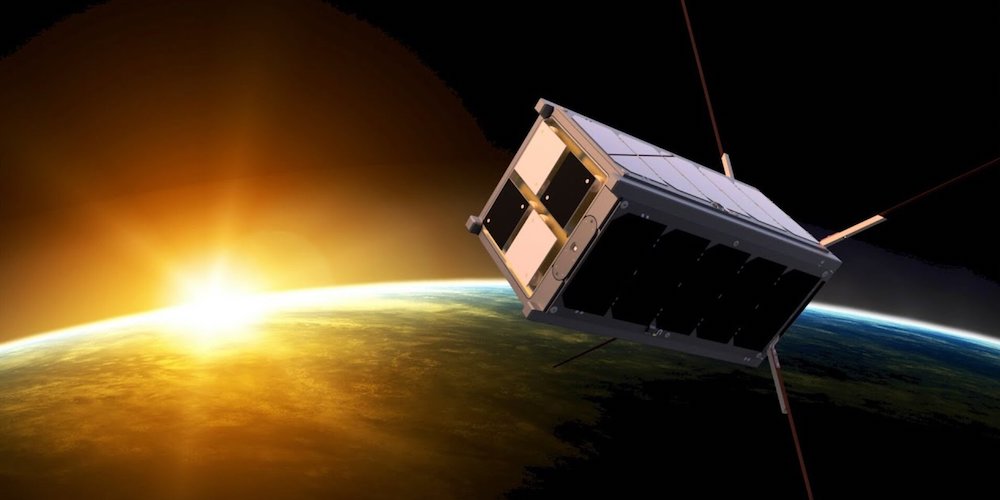User Rating: 5 / 5
Six years of hard work and dedication paid off in spectacular fashion on 1 December 2023 when the Irish Educational Research Satellite, EIRSAT-1, was successfully launched from Vandenberg Space Force Base in California. The tiny satellite, measuring 10.7cm x 10.7cm x 22.7cm, was launched by a SpaceX Falcon-9 launch vehicle and has now made history as the first Irish satellite in orbit!
The EIRSAT-1 was designed, built and tested by students from University College Dublin (UCD) participating in the Fly Your Satellite! ESA's Academy programme, a hands-on initiative that supports university student teams in developing their own satellites according to professional standards. The launch was made possible thanks to the European Space Agency.
ESA experts have been on hand throughout the satellite's development to provide training and guidance to dozens of University College Dublin students. Their educational journey also included test campaigns at ESA's CubeSat Support Facility in Belgium and private communication sessions with the spacecraft at the ESA Academy Training and Learning Center and at the European Space Operations Center in Darmstadt, Germany, to understand the spacecraft's initial operating procedures. To learn in Ireland.
“I would like to congratulate the EIRSAT-1 team on this successful launch and the start of Ireland's exciting first adventure in orbit,” said ESA Director General Joseph Aschbacher. He continued: “I would also like to thank University College Dublin for joining forces with ESA for a common educational goal: increasing the skills of the younger generation.” He added: “Only by building capacity can we achieve our space ambitions, for Ireland and Europe. Through our education programme, we are raising generations of citizens who will learn to use space technology and space solutions to make a difference to our society, our planet and our future.”
From low Earth orbit, EIRSAT-1 will conduct three main experiments, built from the ground up by students:
- GMOD, a detector for studying gamma-ray bursts, the brightest explosions in the universe that occur when a massive star dies or two stars collide.
- EMOD, an experiment to see how heat treatment protects the surface of a satellite in space.
- WBC, an experiment to test a new way to use the Earth's magnetic field to change the orientation of a satellite in space.
After launching EIRSAT-1 into orbit, the student team is now working to establish contact with the satellite and begin operations from their dedicated ground control facility, which is also entirely student-run and located at UCD.
“The ESA Education Team joins the ESA Director General in congratulating the EIRSAT-1 students on achieving their amazing goals,” said Hugo Marey, Head of ESA's Education Office.
“EIRSAT-1 not only made history by being Ireland's first satellite, it also inspired a generation of Irish students to further their ambitions. This was achieved through the inspiring activities carried out by ESERO Ireland (a partnership between the European Space Agency and the Science Foundation). Foundation Ireland) organized around this mission. “I am proud of our educational program that can inspire and engage different age groups in a future career in science and technology.”
Image: European Space Agency
source: European Space Agency

“Total coffee specialist. Hardcore reader. Incurable music scholar. Web guru. Freelance troublemaker. Problem solver. Travel trailblazer.”






More Stories
“Ask at least one question in return.”
Elbendamers in the Sun: What a Wonderful Little Village
European Space Agency – Space for Kids